Fly Fishing Entomology
Fly Fishing Entomology
Entomology: the study of insects.
Entomology is an essential aspect of fly fishing, as it helps anglers understand the insects that serve as food for the fish they're targeting. By learning about the various insect species, their life cycles, and their habits, fly fishers can make more informed decisions on which flies to use and when. This, in turn, can lead to a more successful and enjoyable experience on the water.
The hierarchy of species: taxonomy
In entomology, the classification of insects follows a hierarchical system known as taxonomy. This system classifies living organisms into various categories based on shared characteristics. The primary levels of classification, from the broadest to the most specific, are:
Kingdom (Latin: Regnum)
Phylum (Latin: Phylum)
Class (Latin: Classis)
Order (Latin: Ordo)
Family (Latin: Familia)
Genus (Latin: Genus)
Species (Latin: Species)
Insects belong to the class Insecta, within the phylum Arthropoda, and the kingdom Animalia.
Within the class Insecta, there are various orders, which are further divided into families, genera, and species. In this fly fishing entomology, we cover the orders from the class Insecta given this is most relevant to fly fishing.
Some of the most relevant orders for fly fishers include:
Ephemeroptera (Mayflies)
Plecoptera (Stoneflies)
Trichoptera (Caddisflies)
Diptera (True flies, including midges and mosquitoes)
Matching the Hatch
One of the most critical aspects of fly fishing entomology is the concept of "matching the hatch." This refers to the practice of selecting flies that closely resemble the size, shape, and/or color of the insects present in the water at the moment that you're fishing. By doing so, you can increase your chances of catching fish, as their offerings will more closely mimic the prey that their feeding on.
Life cycles of insects
Understanding the life cycles of insects is crucial for fly fishers, as it helps them select the appropriate fly patterns and techniques for a given situation. Insects typically go through four life stages: egg, larva (or nymph), pupa, and adult. Here's a brief overview of the life cycles for some common insect orders:
Mayflies (Ephemeroptera)
Mayflies undergo an incomplete metamorphosis, which includes the egg, nymph, and adult stages. The nymph stage can last anywhere from a few months to a couple of years, depending on the species. After emerging from the water as winged adults, mayflies only live for a short period, usually just a few hours to a couple of days.
Read more about mayflies
Stoneflies (Plecoptera)
Stoneflies also undergo incomplete metamorphosis. Their life cycle includes the egg, nymph, and adult stages. The nymph stage lasts anywhere from a few months to a few years, depending on the species. Adult stoneflies live longer than mayflies, usually between a few days to a couple of weeks.
Read more about stoneflies
Caddisflies (Trichoptera)
Caddisflies experience complete metamorphosis, which includes the egg, larva, pupa, and adult stages. The larval stage can last several months to a year, while the pupal stage typically lasts a few weeks. Adult caddisflies can live for several weeks to a few months.
Read more about caddisflies
True Flies (Diptera)
True flies, such as midges and mosquitoes, undergo complete metamorphosis as well. Their life cycle consists of the egg, larva, pupa, and adult stages. The duration of each stage varies greatly depending on the species.



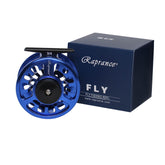
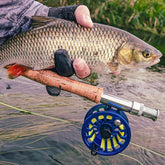
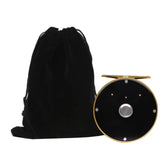
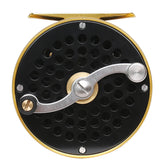


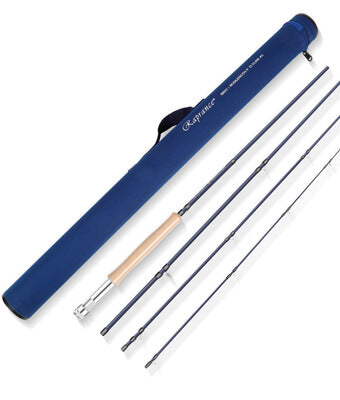


Leave a comment
Please note, comments need to be approved before they are published.